It is hard to imagine France starting World War II. Its entire military strategy, including the construction of the formidable Maginot Line, was premised on fighting a defensive war. The only people who ever envisaged 1930s France as the aggressor were Nazi propagandists, and I doubt even they believed what they wrote.
To make the scenario remotely plausible, we probably need to start by changing the outcome of World War I. A more lenient peace that would have allowed Germany to keep its gains in the west, including Alsace-Lorraine and maybe Belgium, could have given the world a revanchist France in the 1920s, which in turn could have given way to a Weimar-like France in the 1930s with the far left and far right vying for power. Either could be motivated to start a war.
But such a France would not be allied to Britain, and such a war would not involve the United States. The outcome would almost certainly be French defeat.
World War I ends differently
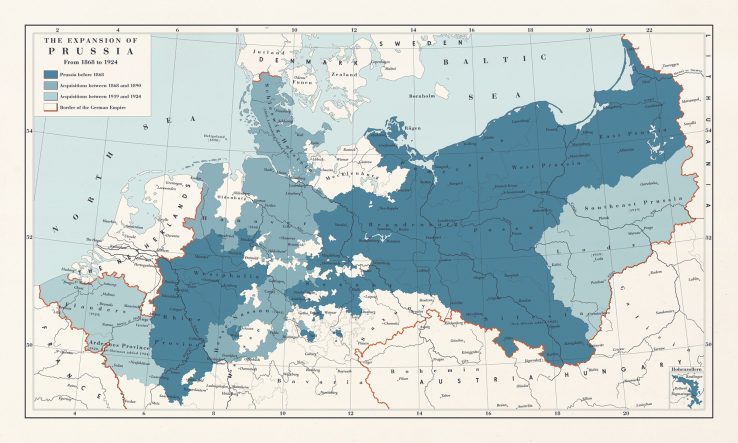
America never joins World War I. The Central Powers sign a separate peace with the young Soviet Union in Brest-Litovsk, freeing up fifty German divisions for the Western Front, which prove decisive in the 1918 Spring Offensive. By the beginning of summer, German soldiers have reached the riverbanks of the Meuse. Britain and France sue for peace.
In the east, the territory of the former Poland is added to Prussia, the most powerful German state. The United Baltic Duchy, which emerged independent from the Russian Civil War, is admitted into the German Empire under the rule of Duke Adolf Friedrich of Mecklenburg. Finland, Lithuania and Ukraine become independent states with pro-German governments.
The Austro-Hungarian and Ottoman Empires still collapse. Czechoslovakia and Yugoslavia are created. Hungary loses territory, but not as much as in the Treaty of Trianon.
In the west, the former Belgian and French lands east of the Meuse are annexed to Prussia as the province of the Ardennes. In a reversal of the real-world 1923-25 Belgian-French Occupation of the Ruhr, Flanders remains nominally independent but under German occupation. The election of an anti-German government in 1924 prompts Berlin to formally annex Flanders as well.
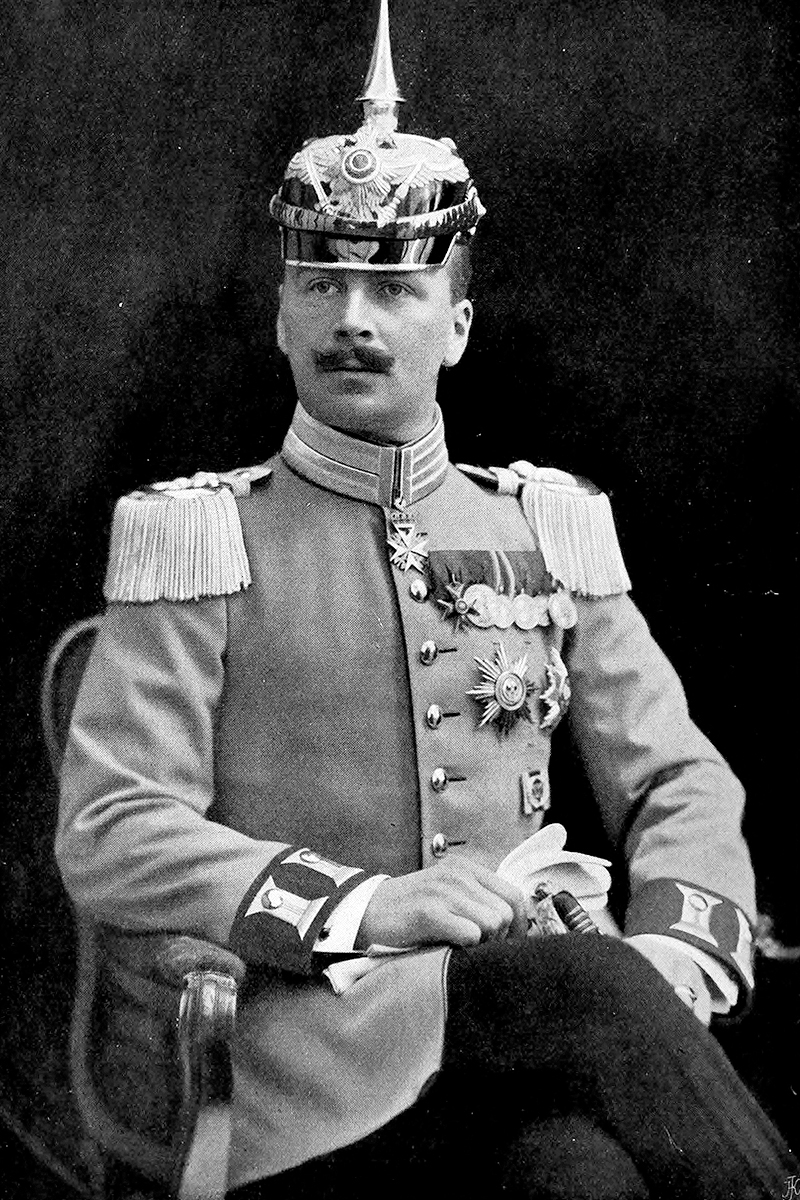
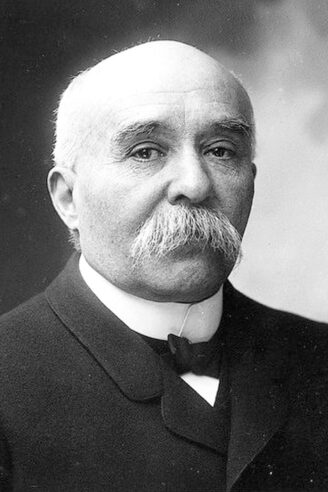
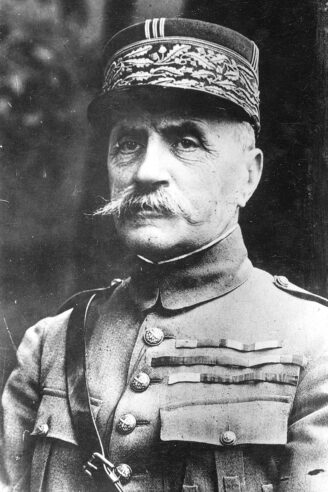
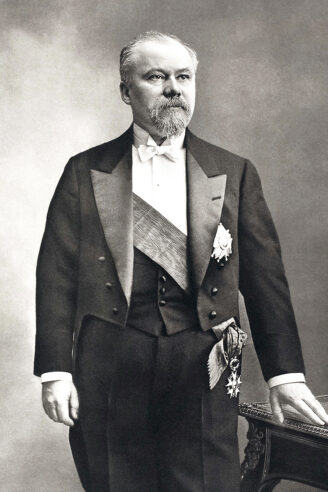
1920s
France had allied with Russia in the years leading up to World War I in a bid to contain German land power. The fall of the czar and the Soviet Union’s reluctance to enter into alliances with capitalist powers forces Paris to look elsewhere. New republics have emerged in the space of the former Austro-Hungarian Empire and the king of Romania, Ferdinand I, fears German revenge for betraying his family, the Hohenzollerns. (He allied with the West in World War I.) In 1920, Czechoslovakia, France, Romania and Yugoslavia form the Little Entente.
French politics in these 1920s are dominated by Georges Clemenceau, Ferdinand Foch and Raymond Poincaré; three men who in the real world argued for a punitive peace on the Central Powers and the separation of the Rhineland from Germany. The Cartel des gauches never comes to power. Or if they do, the wildly popular Foch, who commanded the French Army in World War I, could succeed where Wolfgang Kapp and Erich Ludendorff failed in Germany.
1930s
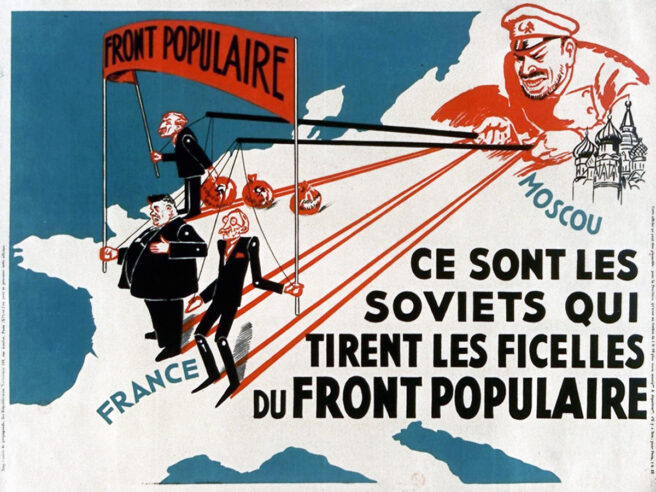
A revanchist France is one thing; setting it on a path to war is another.
History provides us with a trigger: the Great Depression. Without war reparations from Germany and without income from the industrial Alsace-Lorraine region, France enters the 1930s poorer — and more likely to fall to extremists.
As in our world, the rise in unemployment fuels support for the far left and the far right. Benito Mussolini takes over in Italy. Carol II establishes a royal dictatorship in Romania. The threat of a communist takeover in Germany convinces the conservative Prussian establishment to do a deal with the Social Democrats, who form a coalition with the Center Party and German National People’s Party. (In the real world, the German center-right unwisely refused a coalition with the Social Democrats and brought Adolf Hitler to power instead.)
Far-right leagues in France, led by François de La Rocque — the Jean-Marie Le Pen of his time — riot in Paris on February 6, 1934. The Socialists and Soviet-backed Communists, led by Léon Blum, win the election in 1936. Either could give us a pathway to an aggressive France.
The Communist option
In reality, Blum shared power with the center-left and passed pragmatic economic reforms, including the legalization of strikes and the introduction of a 40-hour workweek. That helped alleviate the worst of the Depression. Blum outlawed fascist groups, who tried to assassinate him, and shied away from intervening on the side of the Republic in Spain for fear of importing that country’s Civil War to France.
What if, egged on by Moscow, Blum does decide to support the Spanish Republic, which is governed by an alliance of the center-left and far left?
Without Hitler, Francisco Franco would not have received weapons from Germany. Whatever support Mussolini is able to provide will be insufficient. When the Spanish Civil War ends in 1939, it is the Republic that prevails.
Dismayed by the “betrayal” of the Social Democrats in Germany, who have gone into government with the conservatives rather than the Communists, and emboldened by their success in Spain, the French Communist government — Blum might need to be replaced by a hardliner at this point — attempts a repeat in Germany with the blessing of the Soviet Union.
It backfires. Their support for the German Communists kindles a low-level insurgency that weakens electoral support for all left-wing parties and strengthens the right. By 1940, with no hope of inciting revolution in Germany by the ballot box, France, Spain and the Soviet Union invade.
If the Hungarian Soviet Republic survived, it could join the aggressors. If Miklós Horthy rules the country, it is more likely to stay neutral, given that it is surrounded by French allies.
A two-pronged invasion is aided by fifth columnists in Germany. Without allies, Germany doesn’t stand a chance. Even though its armed forces are numerically on par with those of the communists, they are beholden to early-twentieth-century tactics and led by many of the same men who won the last war. The death of Wilhelm II, the 82 year-old emperor, mere days into the war saps the German morale. The Imperial German Army collapses in six weeks. Historians will ruminate for decades on this “strange defeat.”
The Soviet Union annexes the Baltic Duchy, Finland, Lithuania and Ukraine, and occupies the eastern half of Germany. Czechoslovakia, Romania and Yugoslavia retain their independence, although they will feel pressure to adopt communism. So will Austria and Hungary.
The outcome could be communist rule from the Atlantic to the Pacific, ushering in the world of George Orwell’s Nineteen Eighty-Four (1949), in which all of Eurasia will be governed from Moscow and Britain is the last outpost of an American-led Oceania in Europe. (See Cold War on Steroids)
Or, if you’re feeling more optimistic, the moderating influence of the French Communists could prevent totalitarianism in Europe, and a federation of European people’s republics allies with the Soviets voluntarily.
The nationalist option
One way to bring the far right to power in France is to have the 1934 riots precipitate a coup. Alexander Rooksmoore has explored that scenario in Changing the Times.
Another is to have La Rocque’s French Social Party win the 1936 election, which I prefer, as it would mirror Hitler’s democratic rise to power in Germany.
Franco still loses the Civil War, except this time the Republic is supported by the socialist governments of Britain and Germany acting on authority of the League of Nations. The Social Democrats and Republican Left govern postwar Spain. The Communists, who could not convince Stalin to intercede on their behalf, become a marginal force.
La Rocque looks to Mussolini’s Italy, which has recovered much faster from the Depression than France, for inspiration. Britain’s Labour prime minister, Ramsay MacDonald, fears that La Rocque’s revanchism might provoke another war in Europe and forms a new Triple Entente with Germany and Spain.
This pushes La Rocque and Mussolini closer together. Hungary, ruled by Horthy; Romania, ruled by Carol II; and Yugoslavia, under the regency of Prince Paul, join France and Italy in a Southern European “Axis” that supplants the Little Entente. Democratic Czechoslovakia refuses to join this club of strongmen, but it maintains its separate treaty with France. Russia, convulsed by Stalin’s purges, watches from the sidelines as Europe once again marches to war.
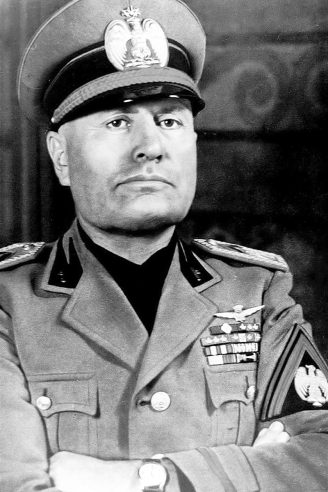
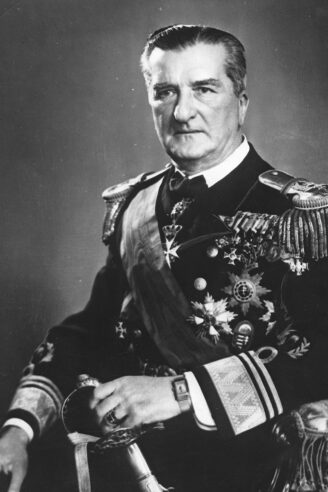
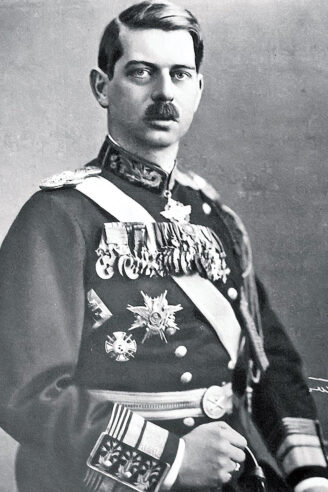
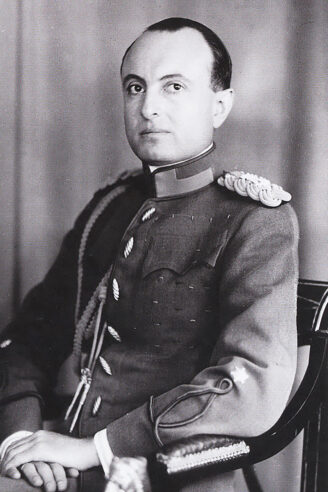
La Rocque sets out to gradually dismantle Germany’s Great War victories. He convinces the League of Nations to organize a plebiscite in Belgium that predictably leads to the restoration of its independence.
When he demands a similar referendum in Alsace-Lorraine in 1938, a four-power conference of Britain, France, Germany and Italy is called in Strasbourg. Mussolini sides with La Rocque. Neville Chamberlain, MacDonald’s successor, relents. Hermann Müller, the German chancellor, is isolated. What will go down in German history as the Betrayal of Strasbourg leads to the restoration of Alsace-Lorraine to France.
La Rocque vows to make no more territorial demands in Europe, but the following year he agitates for the “liberation” of the Saarland, arguing that, given the region’s Frankish and Carolingian heritage, it falls within the natural borders of France.
The coal-rich Saarland’s transfer would also go some way to aiding France’s economic recovery.
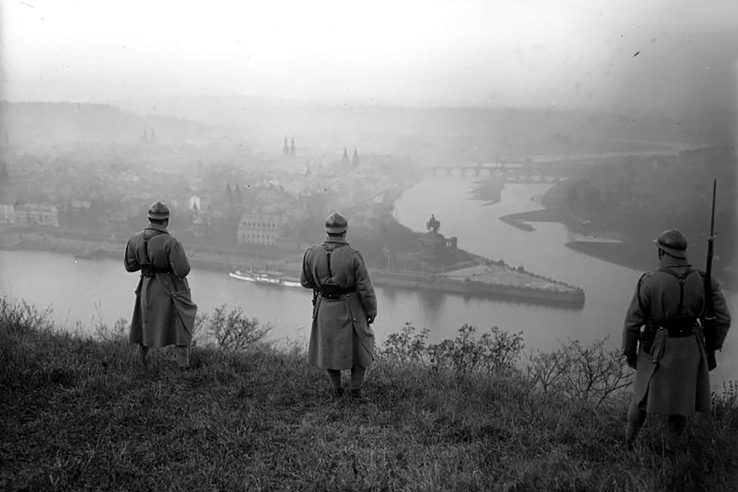
This time, Britain, again acting within the League of Nations, draws a line in the sand. It vows to declare war on its former ally if France attempts to take the Saarland by force. La Rocque is not impressed. He expects Chamberlain will relent, like he did in Strasbourg.
On September 1, 1939, claiming to respond to a German attack on a French radio station in Alsace-Lorraine, La Rocque orders his troops to cross the border. Britain and Spain, honoring their commitment to Germany under the Triple Entente, declare war on France. Czechoslovakia and the Axis, honoring their alliance with France, declare war on the Entente. For the second time in twenty years, nearly all of Europe is at war.
War plans
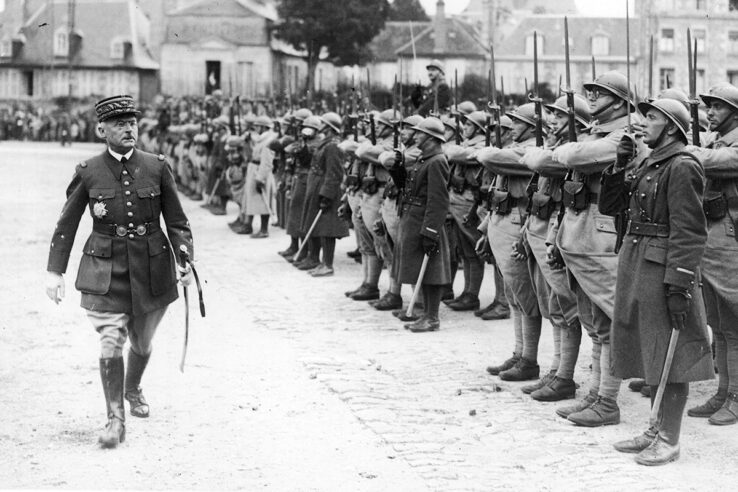
Interwar France and Germany both expected the next war would be fought in or through Belgium.
The initial French strategy, called Dyle Plan or Plan D, called for a defense on the River Dyle east of Brussels. France’s top military commander, Maurice Gamelin, revised the plan in the winter of 1939-40 to call for an advance into the Netherlands, where the best-trained French armies would link up with the Dutch to protect Britain’s supply route into Antwerp and be able to attack the German offensive in the rear.
Further south, France had built the Maginot Line to withstand a direct German assault on its border.
Germany’s offensive strategy, Case Yellow, evolved over time, but all versions proposed a thrust through central Belgium, where they would have met the French on the Dyle.
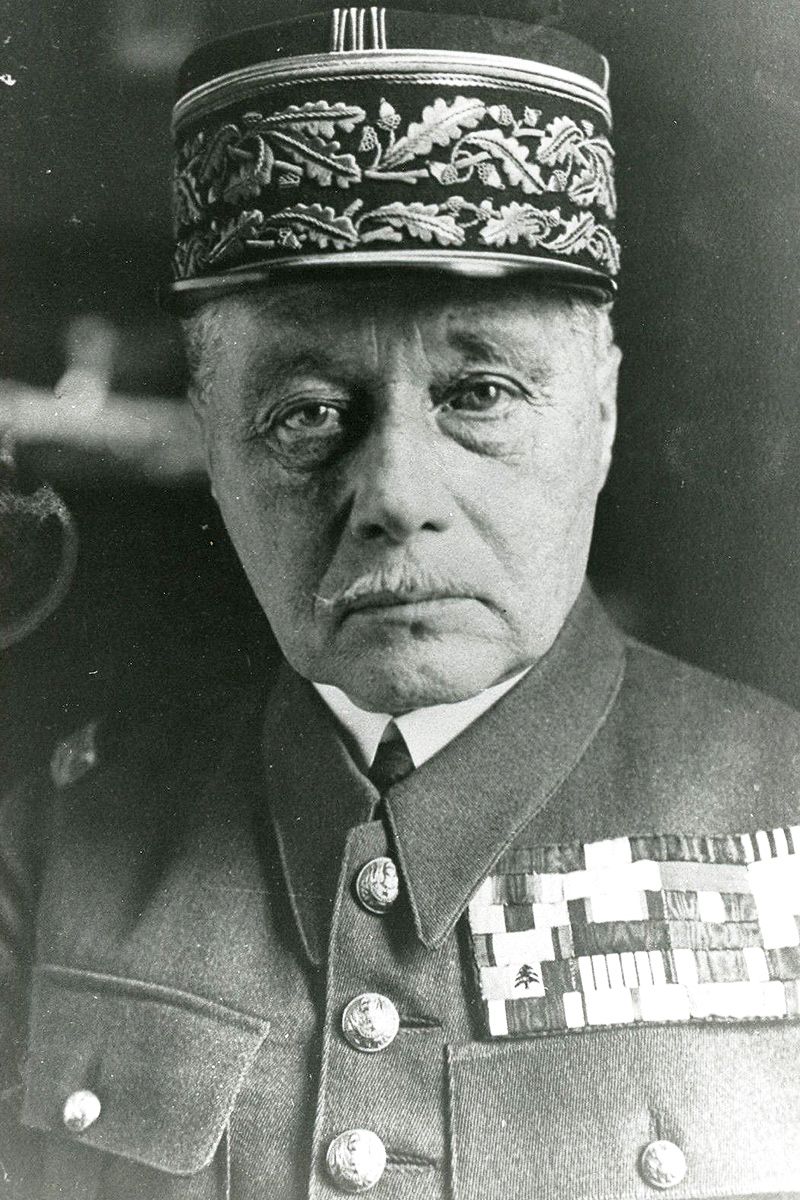
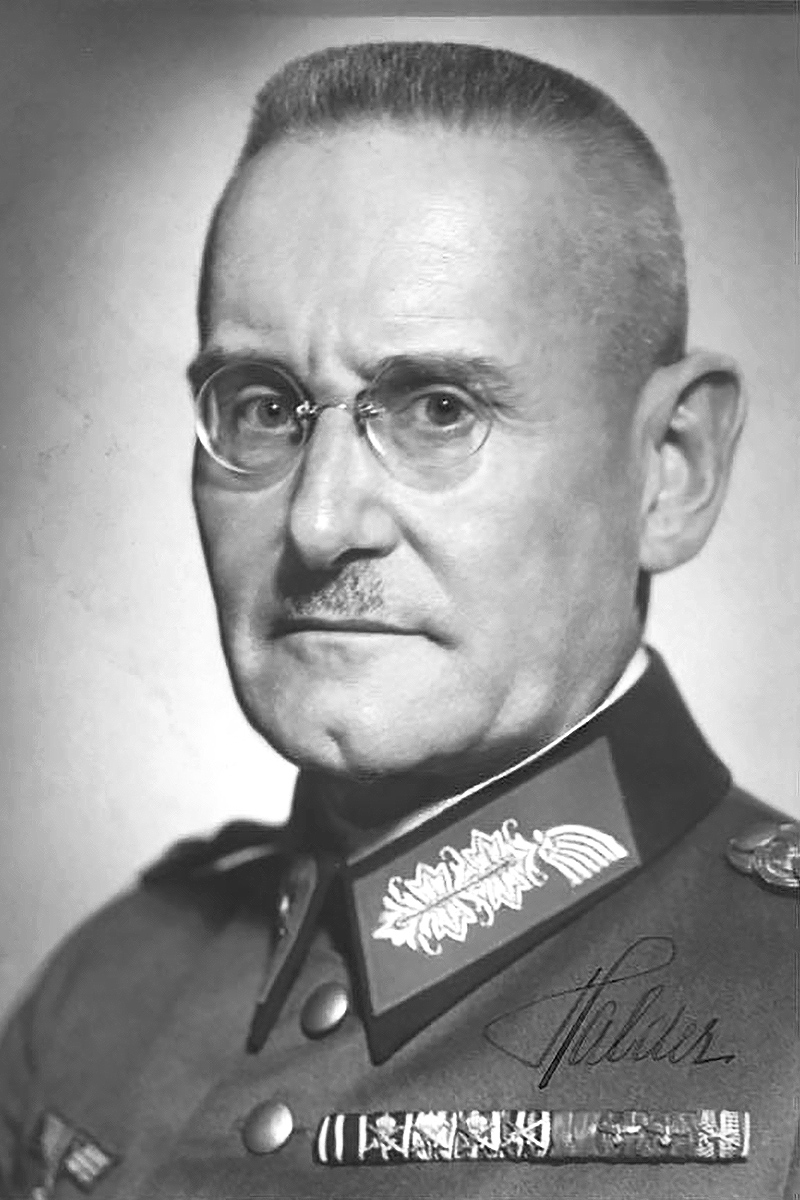
When an officer carrying the plan was captured in Mechelen on January 10, 1940, General Franz Halder, chief of staff of the Army High Command, took a different approach. The invasion of the Netherlands and central Belgium would serve as a decoy, to lure the British and French north, while the best German troops would dive through the Ardennes. The French had dismissed an invasion through the dense forest as infeasible and left their border there lightly defended. By the time they recognized their mistake, the bulk of the Allied forces had been cut off in northern France.
Gamelin gambled and lost, but it is improbable that in a different world he would have made the risky decision to sent his own troops through the Ardennes, where they could have easily got bogged down.
War in the west
More likely, Gamelin would have led the French Amy toward the Dyle and then marched east on the German border. There they would met Germany’s answer to the Maginot Line: the Siegfried Line. Consisting of large bunkers, smaller pillboxes and anti-tank obstacles known as dragon’s teeth, it stretched from where the Rhine enters the Netherlands in the north to the border with Switzerland in the south.
In the real world, the Siegfried Line was built by the Nazis in the 1930s and nowhere near ready to stop an invader in 1940. If we assume construction started earlier, it could have posed a more formidable obstacle.
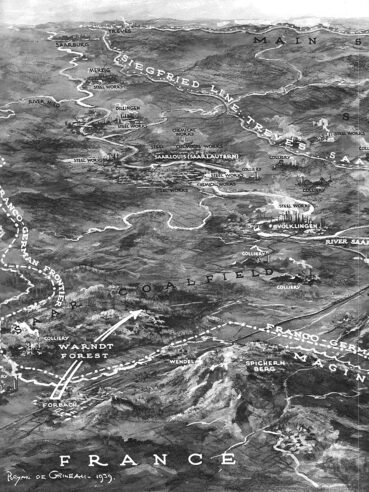
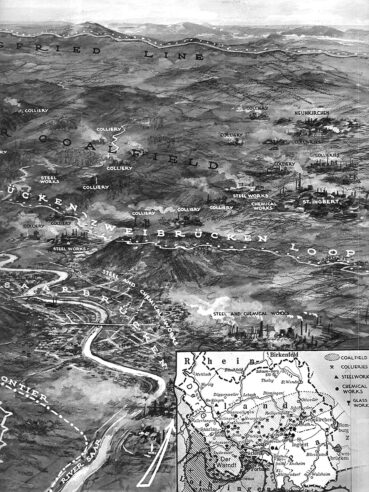
There would have been no way around it. Moving too far north into the Netherlands would leave the French army vulnerable to being caught in a German pincer. The Dutch and Germans would have ample time to prepare a defense at the Rhine.
Better to attempt a two-pronged attack, with the bulk of French forces moving east of Brussels, through Dutch Limburg, toward Germany’s industrial heartland, the Ruhr, and a secondary attack in the south, modeled on the real-world 1939 Saar Offensive.
The first may still stall. The second, if history is any indication, should be more successful — and achieve France’s stated aim for starting the war: conquering Saarland.
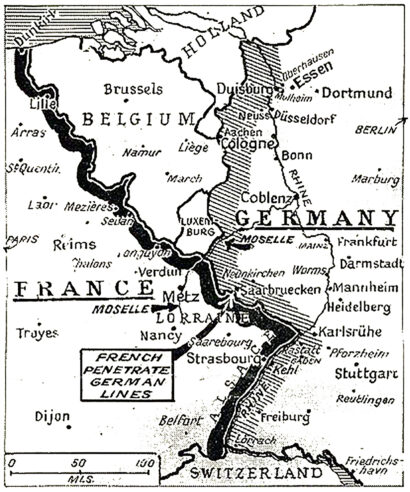
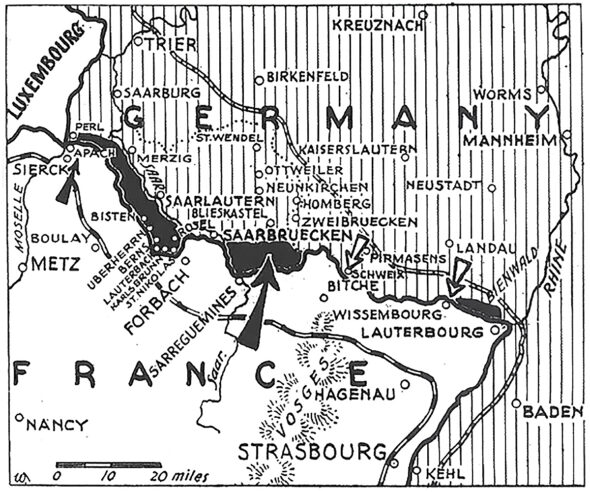
If both attacks go well, and the French break the Siegfried Line — which may be lightly defended if the Germans have deployed half their armed forces in the east to fight France’s allies — the German army could retreat for safety behind the Rhine.
The French would be wise to halt their offensive there. The next big river east is the Weser, 250 more kilometers inland. A weakened Germany might be persuaded to give up the lands west of the Rhine at a peace conference; if France tried to conquer the whole of Westphalia, and parts of Hannover, it would force Germany into a fight to the death.
War in the east
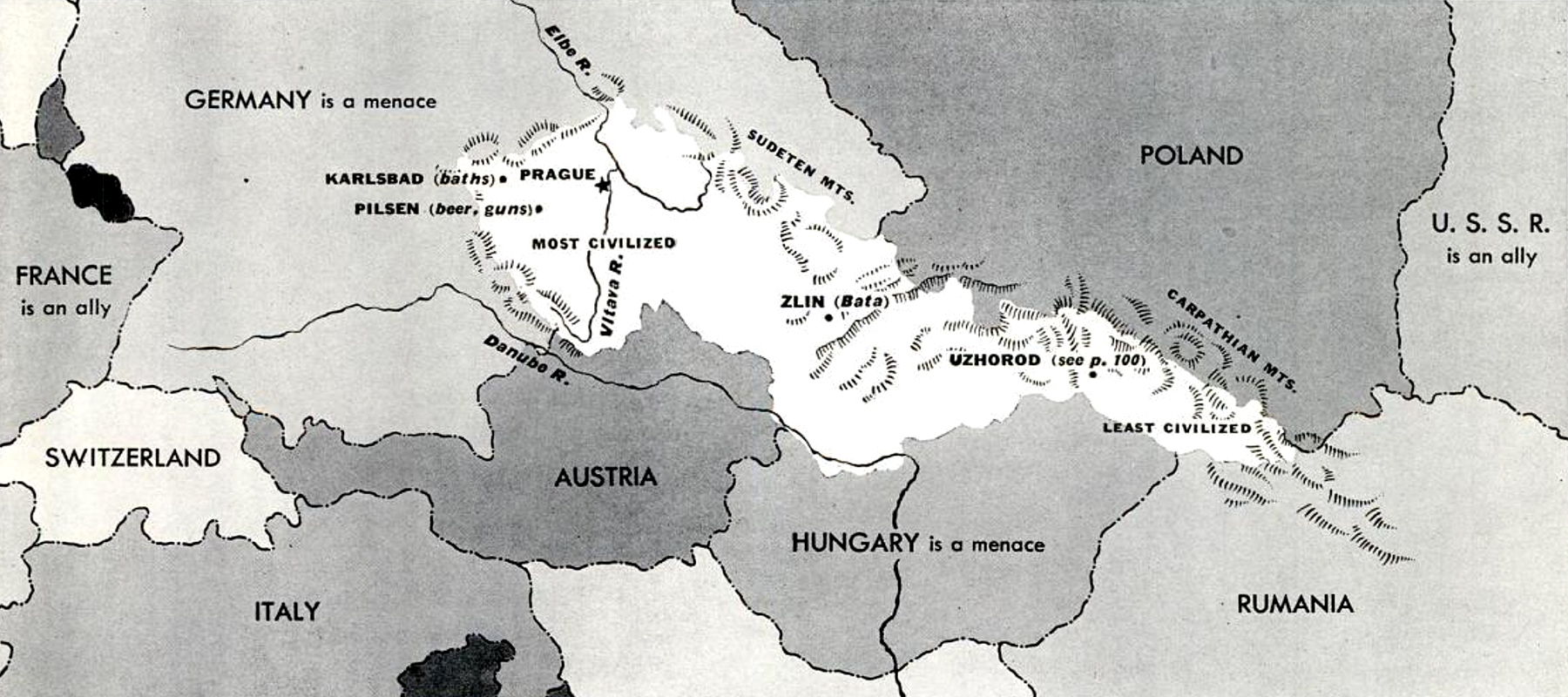
The war doesn’t go well for France elsewhere. British troops ship in via the ports of Bremen, Rotterdam and Wilhelmshaven to reinforce the Germans on the Rhine. Neutral Austria and Switzerland stand in the way of reinforcements from France’s allies in the south and east, who have their own problems. Czechoslovak and Hungarian forces fight the Germans to a stalemate in Bohemia. Romanian troops are unable to block a German offensive from Silesia into Slovakia that could trap the Czechoslovak-Hungarian army in a pincer movement.
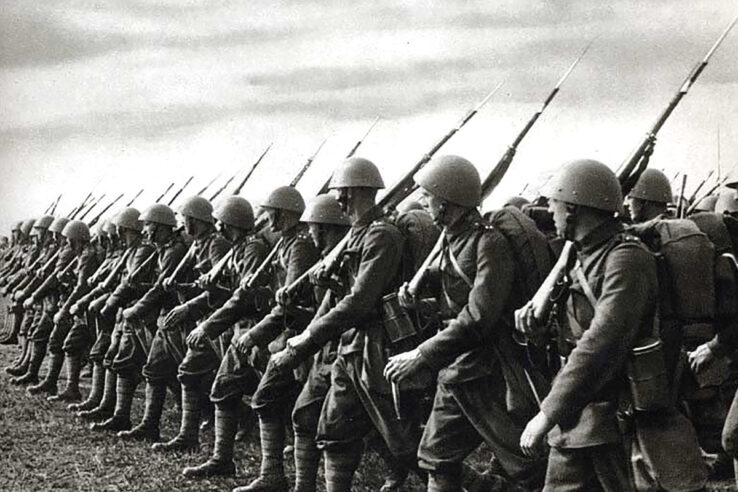
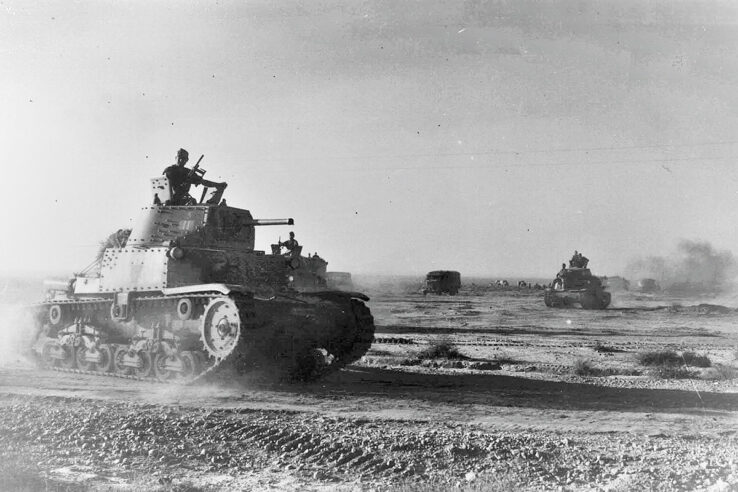
The Spanish invade French Algeria from Morocco. Italian troops, stationed in Tunisia, are of little help. The Italian desert army, without the experience of Abyssinia, is unfit for battle. King Victor Emmanuel III, promised the return of his family’s ancestral homeland, Savoy, is persuaded by the Western Allies to depose Mussolini and switch sides in the war. Horthy is promised the return of some of Hungary’s pre-World War I territories to break with France.
Occupation
If France is defeated, the outcome could be something like this map by “Martin23230“, deliberately modeled on a 1945 English-German map of the four Allied occupation zones in Germany. The British, Germans, Italians and Spaniards occupy metropolitan France. Paris, like Berlin during the Cold War, is divided into four sectors. The Belgians occupy Nord-Pas-de-Calais in the north and the Swiss — for some reason — Franche-Comté in the east.
Czechoslovakia could be reduced to a rump Czech state in Moravia while the Sudeten German-populated border regions are separated by the League of Nations to become independent Bohemia. Slovakia is given to Hungary as compensation for switching sides in the war.
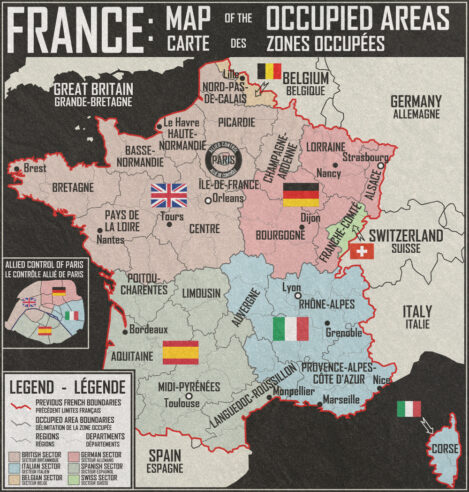
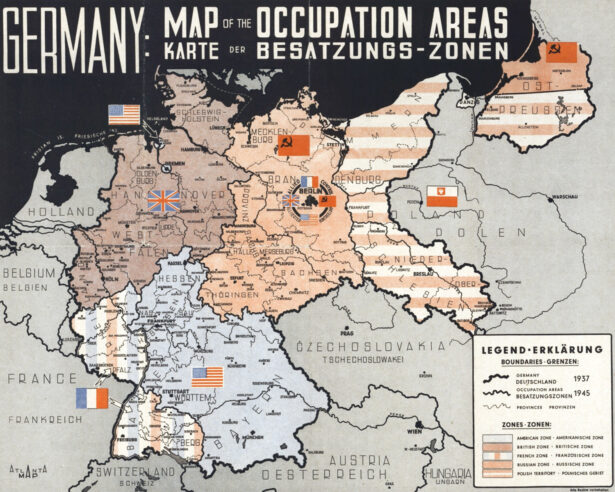
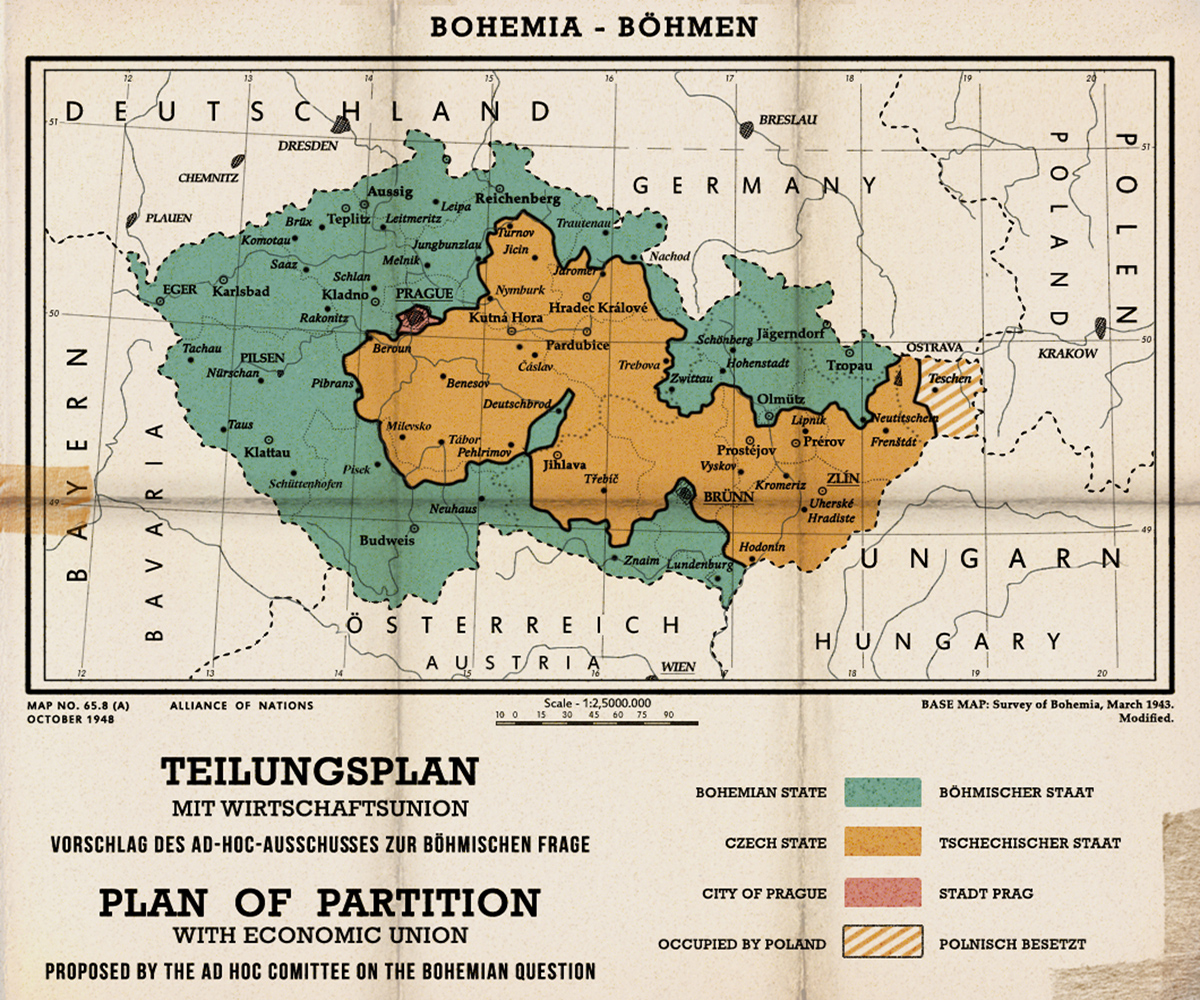

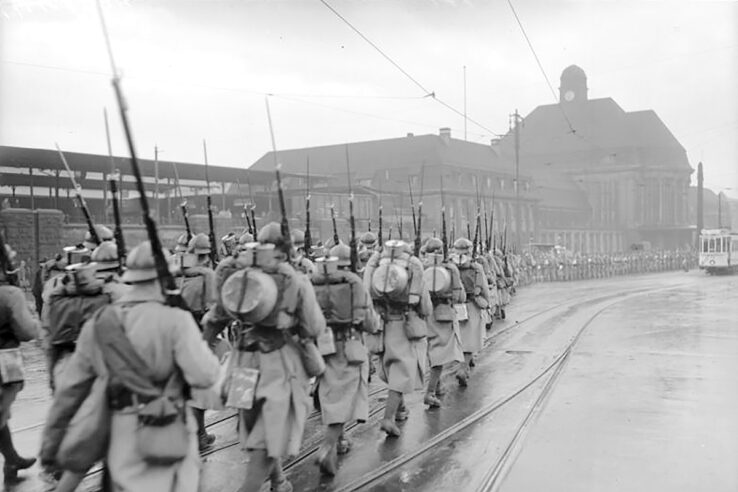

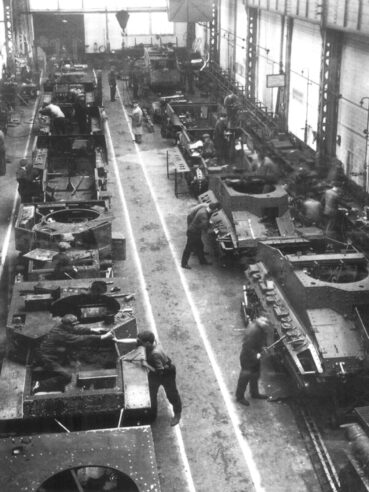
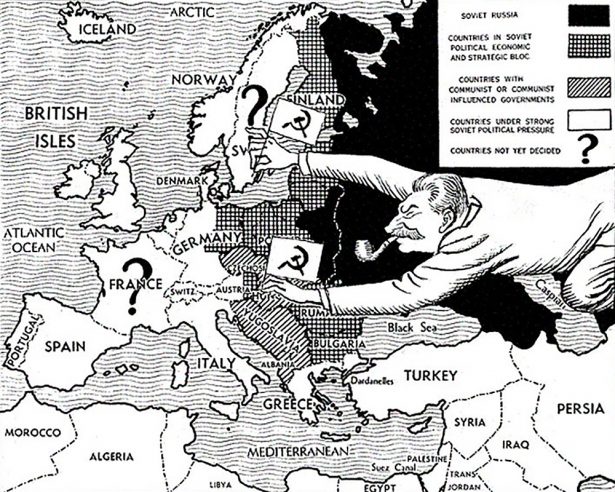
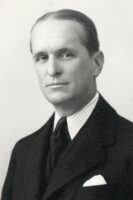
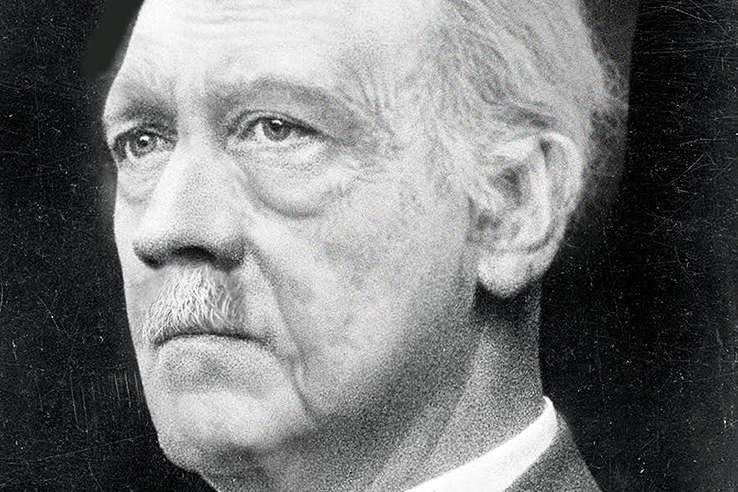
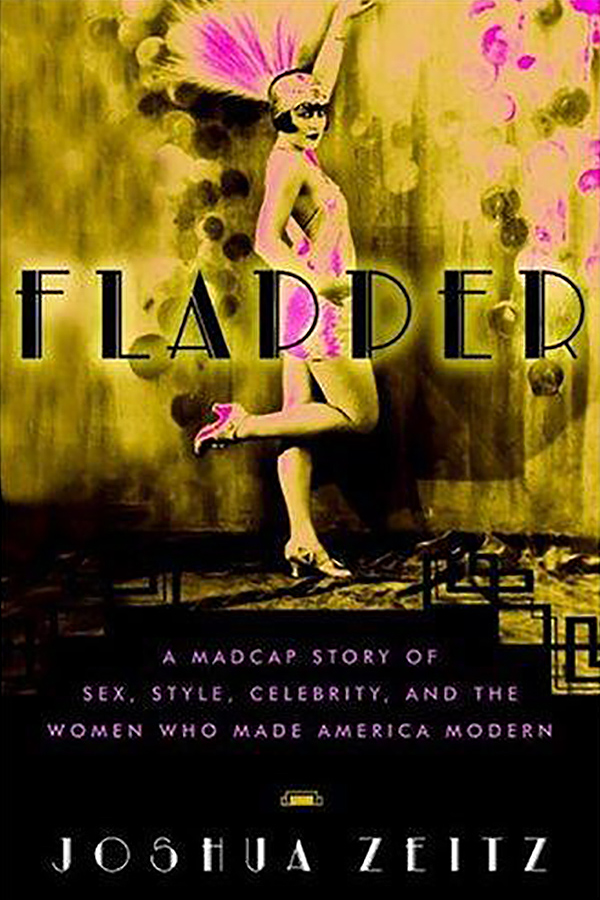
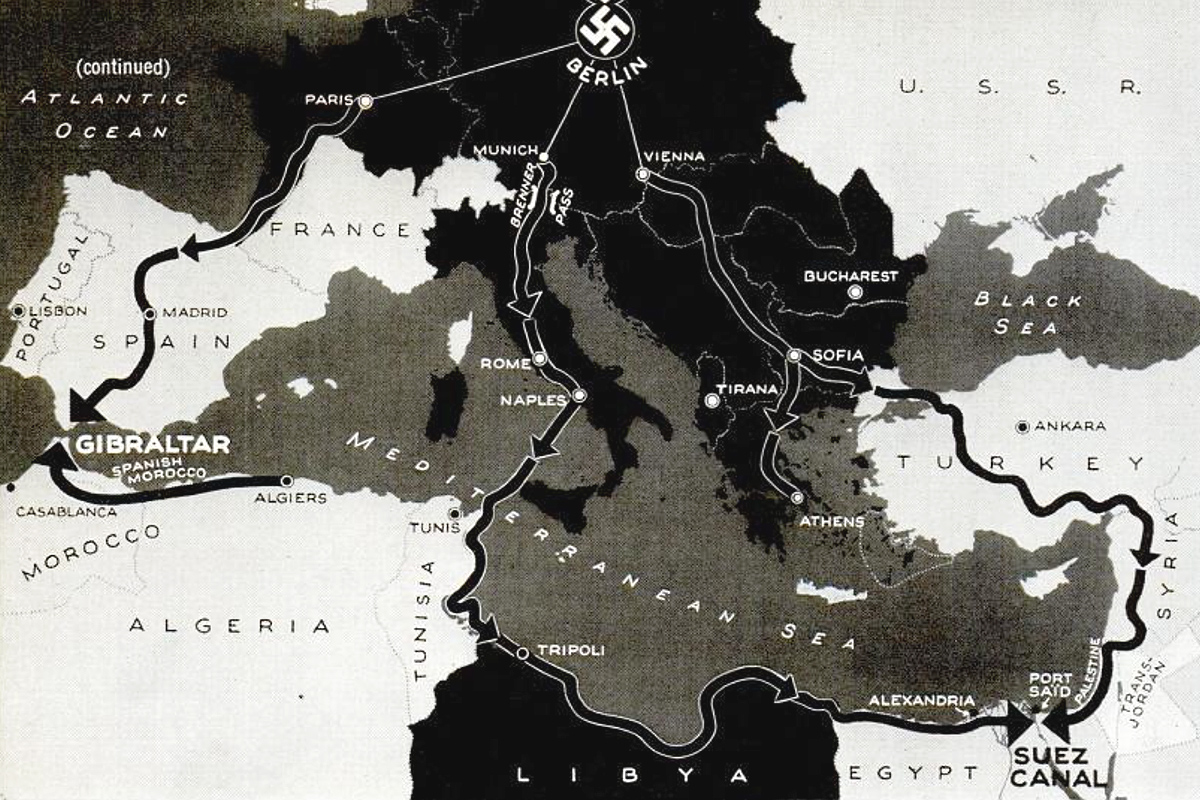
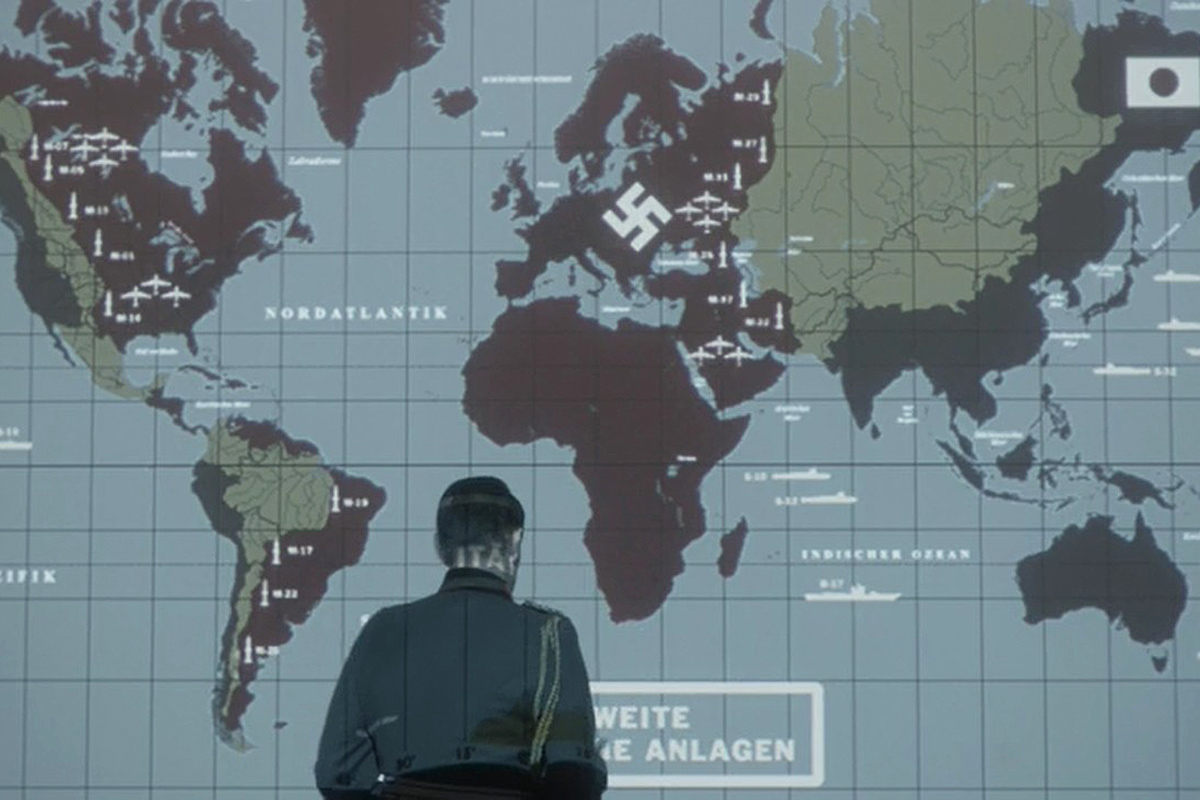
2 Comments
Add YoursNot only I enjoyed this what if scenario (which would make for a great alternate history novel) but I learned some history too.
Your argument is not as farfetched as you think. France (or any other major European power except maybe Spain who was busy with its civil war) could have started the second world war.
Also, contrary to its reputation as a cowardly nation in popular media, most people forget most World War I heroes were French. Pétain, Joffre, Neville, Bullard…
Great article, Nick. Thank you.
Thanks! I’m glad you enjoyed it 🙂